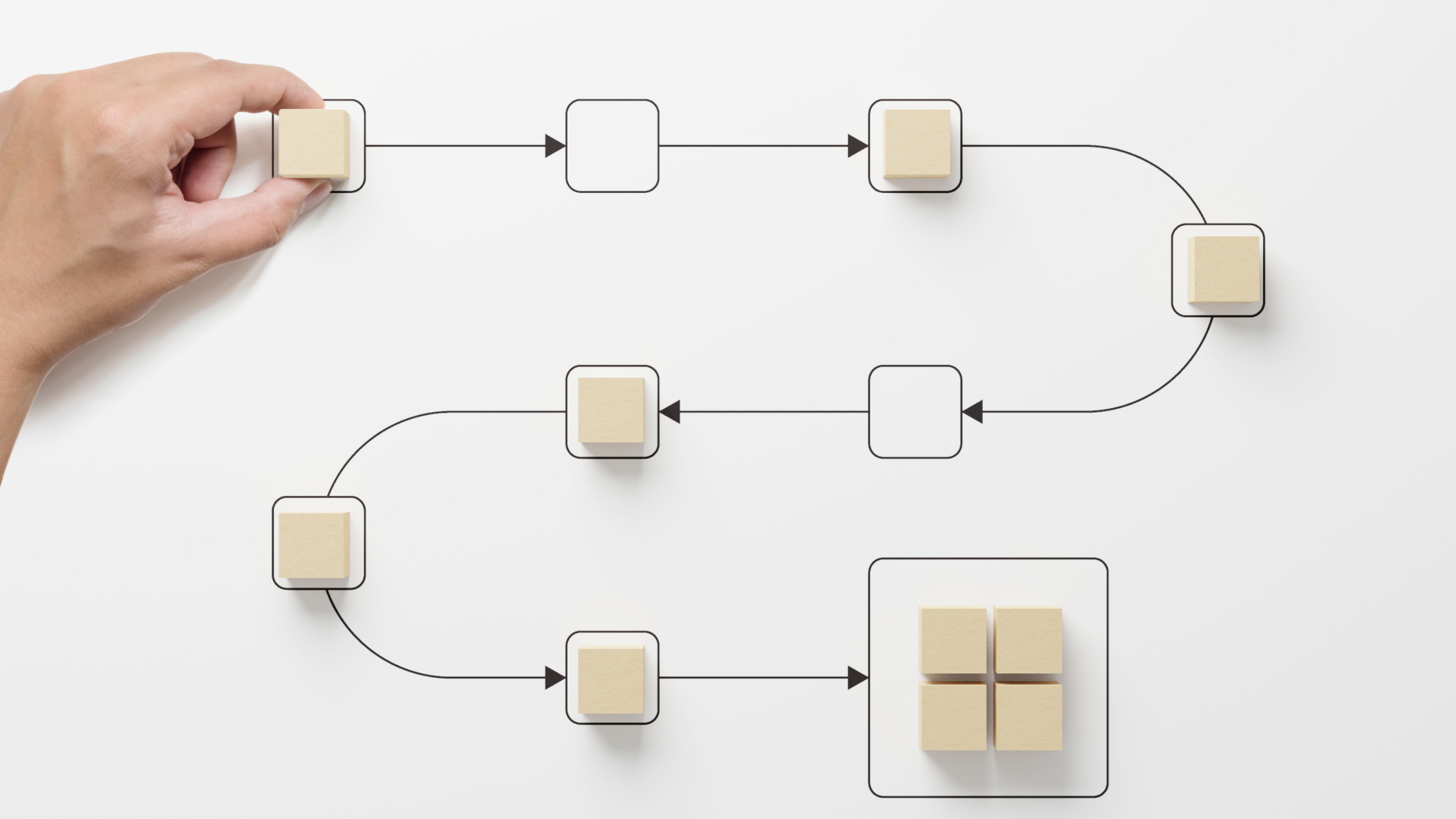From Manual Wrenches to Automated Workflows: Streamlining the Mechanics of Payment Processing




Client service and operations teams handling client money movements at RIAs and Family Offices function much like skilled mechanics in a high-end garage.
They meticulously check every bolt, verify each component, and ensure nothing gets overlooked before a payment leaves the shop.
But unlike automotive mechanics who have sophisticated diagnostic tools, these financial professionals often find themselves manually turning a lot of wrenches across disconnected systems.
As we’ve detailed before, a single payment can have upwards of 20 manual steps to create, validate, and review before execution. The mechanics on the client service and operations teams use spreadsheets, shared drives, email threads and, in some cases, CRM tools to manually complete their client payment processing.
But these tools are not purpose-built, and they aren’t connected to each other, resulting in a lot of swivel-chairing between systems and too much manual entry. The problem compounds for firms needing to execute on higher volumes of transactions.
Furthermore, firms need to have processes that make sense for the types of payments they are making. For example, paying capital calls that have standing instructions with existing funds should be thoughtfully expedited. Conversely, making a payment to an art house for the first time should follow a high-touch, multi-check verification workflow.
From our conversations with service and operations teams at RIAs and Family Offices and our team’s own experience in these same roles, the money movement process has some fundamental mechanical questions that need to be answered regardless of what a firm’s client profile might be. Those include whether a payment:
• is a repeat transaction or first-time payment
• has standing instructions (or if they’ve changed)
• has enough cash or margin (or the client is approved for margin)
• requires a certain amount threshold for review
• needs additional review or approval within the firm
• requires a client callback
• requires a vendor callback
• is a certain category that demands its own unique workflow
• or... just needs to be paid asap
Just as modern automotive shops rely on computerized diagnostic systems, Atomic's Workflow engine transforms the manual payment process into a precision-engineered system.
By integrating with custodians and internal systems via API, Atomic pre-checks balance availability, LOA status, margin preferences, and more—flagging exceptions in real-time and moving payments through a secure, compliant approval flow.
Firms can implement expedited workflows for regular payments to known destinations; this helps client service and operations teams save time when capital calls are due for clients across the firm.
For payments requiring callbacks and extra verifications, our automation enables client service and operations to spend time on what they do best: building relationships with clients, their vendors, and other financial institutions.
The mechanics of payment processing haven't changed—fundamental validations remain essential. But Atomic's Workflow Engine brings the same evolution to financial operations that computerized systems brought to automotive repair. The result is payment processing that runs like a well-tuned machine, giving RIAs and family offices the efficiency and reliability their clients deserve.
Ready to upgrade from manual wrenches to automated workflows? Get in touch to learn more.